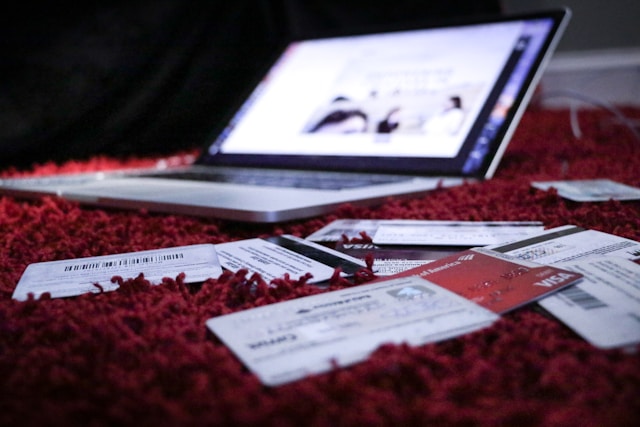Ever felt like your debt was a giant jigsaw puzzle with pieces scattered everywhere? If so, you’re not alone. Tackling debt can indeed feel overwhelming, but just like solving a puzzle, the right strategy can make all the difference. A well-structured debt repayment plan doesn’t just help you pay off what you owe; it turns a mountain of bills into manageable steps that lead you back to financial freedom. And if you’re considering a debt relief program, integrating it into your debt repayment plan can amplify your efforts, helping you see progress faster and more efficiently.
Understanding Your Debt Landscape
Before you can start paying off your debt, you need a clear picture of what you’re up against. This means listing every debt you have, from the smallest credit card balance to the biggest mortgage or student loan.
List It Out: Start by writing down every debt, including the creditor’s name, balance, minimum monthly payment, and interest rate. This will help you see the total amount you owe and which debts are costing you the most in interest.
Assess Your Income and Budget: Next, review your monthly income and budget. How much money is coming in, and where is it going? Understanding your cash flow is crucial for setting up a repayment plan that’s realistic and sustainable.
Prioritizing Your Debts
There are a few different strategies for deciding which debts to pay off first. Each has its benefits, and the right choice for you will depend on your specific circumstances and psychological preferences.
The Snowball Method: This involves paying off your smallest debts first to build momentum. As you pay off each smaller debt, you move on to larger ones, “snowballing” the payments as you go.
The Avalanche Method: With this strategy, you focus on the debts with the highest interest rates first, regardless of balance. This can save you money on interest over time, making it a cost-effective approach.
Setting Up Payment Schedules
Once you’ve prioritized your debts, it’s time to set up a payment schedule that fits your budget. This is where the puzzle pieces start to fit together.
Automate Payments: If possible, set up automatic payments for at least the minimum amounts due on all of your debts. This ensures you never miss a payment and helps protect your credit score.
Allocate Extra Payments: Decide how much extra you can pay on your targeted debts each month. Even small additional amounts can lead to significant savings on interest and faster debt repayment.
Integrating Debt Relief Programs
If your debt feels too overwhelming to tackle alone, or if you’re struggling to keep up with payments, a debt relief program might be a suitable option.
Debt Consolidation: This type of program combines multiple debts into a single loan with a lower interest rate. It simplifies your payments and can reduce the amount of interest you pay.
Debt Settlement: This approach involves negotiating with creditors to pay off a debt for less than you owe. While this can significantly reduce your debt load, it may also impact your credit score.
Staying on Track
Establishing your plan is one thing, but sticking to it can sometimes be challenging. Regular reviews and adjustments can help you stay on course.
Monitor Progress: Regularly check your balances and track your progress. Seeing the numbers go down can be a huge motivator.
Adjust as Needed: If your financial situation changes—for better or worse—adjust your plan accordingly. If you get a raise, consider putting the extra money toward your debt. Conversely, if money gets tighter, look at where you can cut back without derailing your debt payoff efforts.
Conclusion
Creating a debt repayment plan is like mapping a route through a complex maze—it might seem daunting at first, but with each step you take, the path becomes clearer. By understanding your debts, choosing a repayment strategy, setting up a realistic payment schedule, and possibly incorporating a debt relief program, you can transform the overwhelming into the achievable. Remember, every payment you make is another step toward reclaiming your financial freedom.
